
A common theme that comes up in my coaching conversations is the tension that can exist for people between the concepts of Position, Purpose, and Potential. These three elements—while often interconnected—can also take us in very different directions. The key challenge is understanding which element is in the driver’s seat of your decisions and the trade-offs that come with prioritising one over the others.
Let’s explore each element, its benefits and challenges, and the implications of letting it drive your career and life choices.

Position: The Path of External Progression
When Position drives decision-making, the focus is on titles, responsibilities, and external recognition. For many, climbing the ladder is seen as the natural next step—after all, promotions and prestigious roles often bring financial rewards, influence, and career visibility.
Benefits of Position-Driven Decisions:
- Positions open doors to influence, resources, and career opportunities.
- They demonstrate clear progression and often provide a sense of external success.
- They offer structured paths to develop expertise and capacity.
Challenges of Position-Driven Decisions:
- A role misaligned with your Purpose can lead to dissatisfaction, even if the position is prestigious.
- Pursuing higher positions may result in overextension or burnout.
- The focus on external validation can overshadow internal fulfillment.
Trade-Offs: When Position takes priority, Purpose may be neglected, leaving individuals feeling unfulfilled, and Potential may be underutilised if the role doesn’t challenge them fully.
Purpose: Living with Meaning and Alignment
For others, Purpose is the guiding force—the internal compass that aligns actions with their calling, values, and vision. Purpose-driven decisions prioritise meaning over external measures like pay or prestige.
Benefits of Purpose-Driven Decisions:
- Provides deep personal satisfaction and fulfillment.
- Aligns work with personal values, contributing to a strong sense of legacy.
- Creates a sense of direction and clarity in decision-making.
Challenges of Purpose-Driven Decisions:
- May involve financial sacrifices or limited recognition.
- Requires resilience, especially when external validation is lacking.
- Pursuing purpose can sometimes feel isolating in environments focused on results.
Trade-Offs: Choosing Purpose over Position or Potential may slow career progression and limit opportunities to grow into your full capacity. However, it ensures that your decisions resonate deeply with your core identity.
Potential: Unlocking What’s Possible
When Potential drives decision-making, the emphasis is on growth and maximising your abilities. This approach values self-improvement and taking on challenges that push you toward your highest capabilities.
Benefits of Potential-Driven Decisions:
- Encourages continuous self-improvement and personal development.
- Helps uncover hidden strengths and talents.
- Prepares individuals for greater challenges and opportunities.
Challenges of Potential-Driven Decisions:
- Can lead to an overemphasis on growth at the expense of meaning or alignment with Purpose.
- May foster comparison or ambition that feels hollow if disconnected from personal fulfillment.
- The relentless pursuit of improvement can become exhausting over time.
Trade-Offs: Prioritising Potential may leave Purpose underexplored if growth is pursued for its own sake, and Position may be sacrificed if development doesn’t align with organisational hierarchies.
The Dynamics Between the Three Elements
One of the most important insights to recognise is that these three elements—Position, Purpose, and Potential—are not inherently opposed to each other, but may act independently of each other. In fact, the ideal scenario is finding an intersection where all three align. However, achieving that balance will likely require intentionality and strategic thinking. Here are some key dynamics to consider:
Position and Purpose:
- For some, their Position is inherently tied to their Purpose—they’re “born to do” a specific role, such as heading an organisation or climbing a mountain.
- For others, their Position is merely a means to an end, and their Purpose exists outside of their role (e.g., providing for their family or contributing to their community).
Purpose and Potential:
- Pursuing Purpose may unlock Potential, but it can also limit opportunities to grow if the focus remains narrowly on what feels meaningful.
- Conversely, chasing Potential can help you grow into your Purpose—but it risks becoming disconnected from deeper fulfillment if done without reflection.
Position and Potential:
- High-level positions often demand individuals to stretch their Potential, building capacity and expertise.
- However, taking a position simply because it’s the next step can leave people wondering if they should have paused to evaluate alignment with their Purpose.
Internal vs. External Measures:

Understanding whether you use internal or external measures to guide your decisions is crucial when navigating the interplay between Position, Purpose, and Potential. Each element tends to align more naturally with one of these measures:
Position: External Measure
Position is inherently tied to external markers, such as job titles, authority, salary, or organisational status.
Purpose: Internal Measure
Purpose revolves around a personal sense of meaning, fulfillment, and alignment with your values or calling.
Potential: Dual Measure
Potential sits at the intersection of internal and external measures. It’s about maximising what you’re capable of, developing your abilities, and expanding your capacity.
Choosing Who’s in the Driver’s Seat
The key question is: who’s driving your decisions—Position, Purpose, or Potential? Each element has its own merits, but it’s critical to evaluate what trade-offs you’re making and whether those align with your long-term vision.
Ask yourself:
For Position: Am I pursuing this role because it aligns with my purpose, or because it’s expected of me?
For Purpose: Am I willing to sacrifice financial security or status to align with my values and calling?
For Potential: Am I growing toward my best self, or am I chasing growth for its own sake?
The Spider Chart Self-Assessment Tool
In this blog, I’ve included the spider chart diagram below to provide a visual tool that helps you assess the current driver behind your decisions—whether it’s Position, Purpose, or Potential. This tool is valuable for increasing self-awareness and guiding thoughtful reflection on how your choices align with your long-term goals.
To use the chart, rate each element—Position, Purpose, and Potential—on a scale of 1 to 10 based on how strongly it currently influences your decisions, then plot these scores to see your overall balance and identify areas for reflection or adjustment.
The spider chart helps you visually assess which element—Position, Purpose, or Potential—is currently driving your decisions. There’s no right or wrong balance; the key is gaining awareness of your priorities and reflecting on the future direction that aligns best with your goals.
Based on the example chart above, the person’s scores suggest that their decisions are most influenced by Position (7), followed by Potential (6), and Purpose (4). This indicates that they are prioritising external progression and growth opportunities, but their decisions may not be fully aligned with their deeper sense of purpose or values at this point.
Finding Your Balance
There’s no universal right or wrong when it comes to these elements—it’s about understanding what matters most to you and making decisions accordingly. Some may prioritise Position as a means to fulfill their Purpose. Others may prioritise Purpose and accept the trade-offs in position or financial stability. Still, others may focus on Potential, knowing it will unlock opportunities in the future.
Ultimately, thoughtful reflection on these dynamics can lead to greater clarity and alignment, helping you navigate career and life choices with confidence.
I hope this helps provide you a framework to evaluate your current and future choices, please feel free to reach out if you would like to unpack your situation in more detail.
All the best,

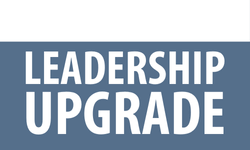
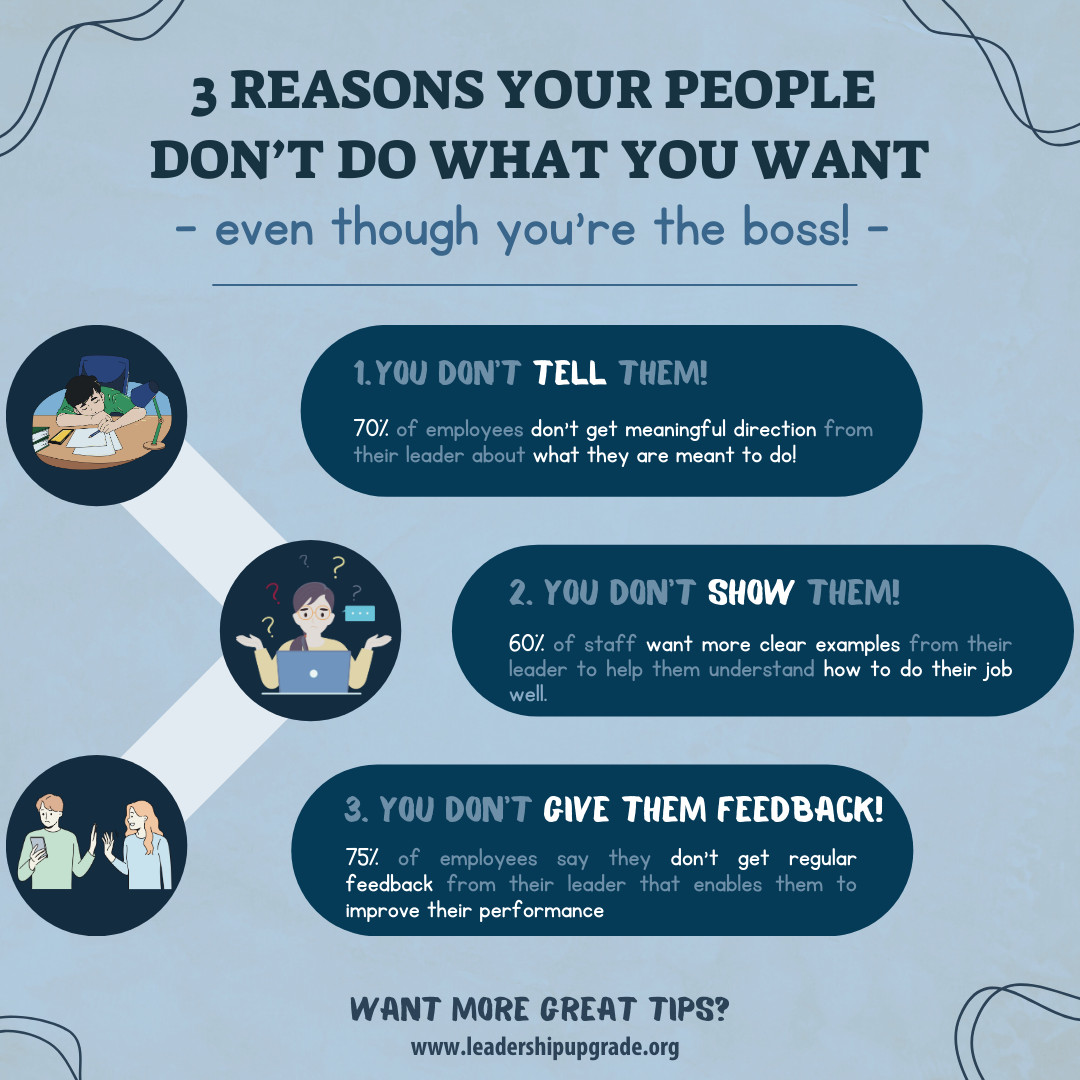
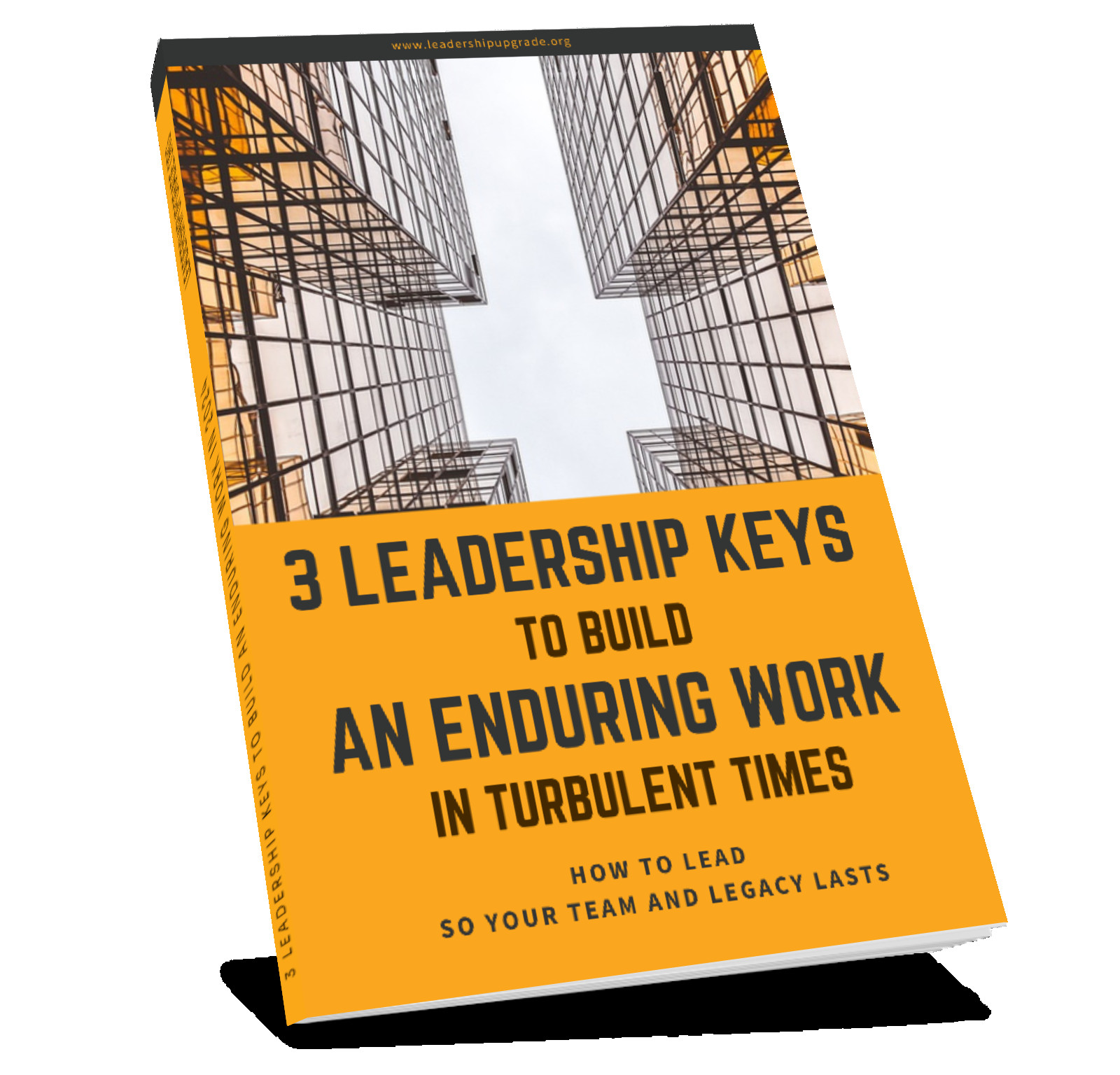
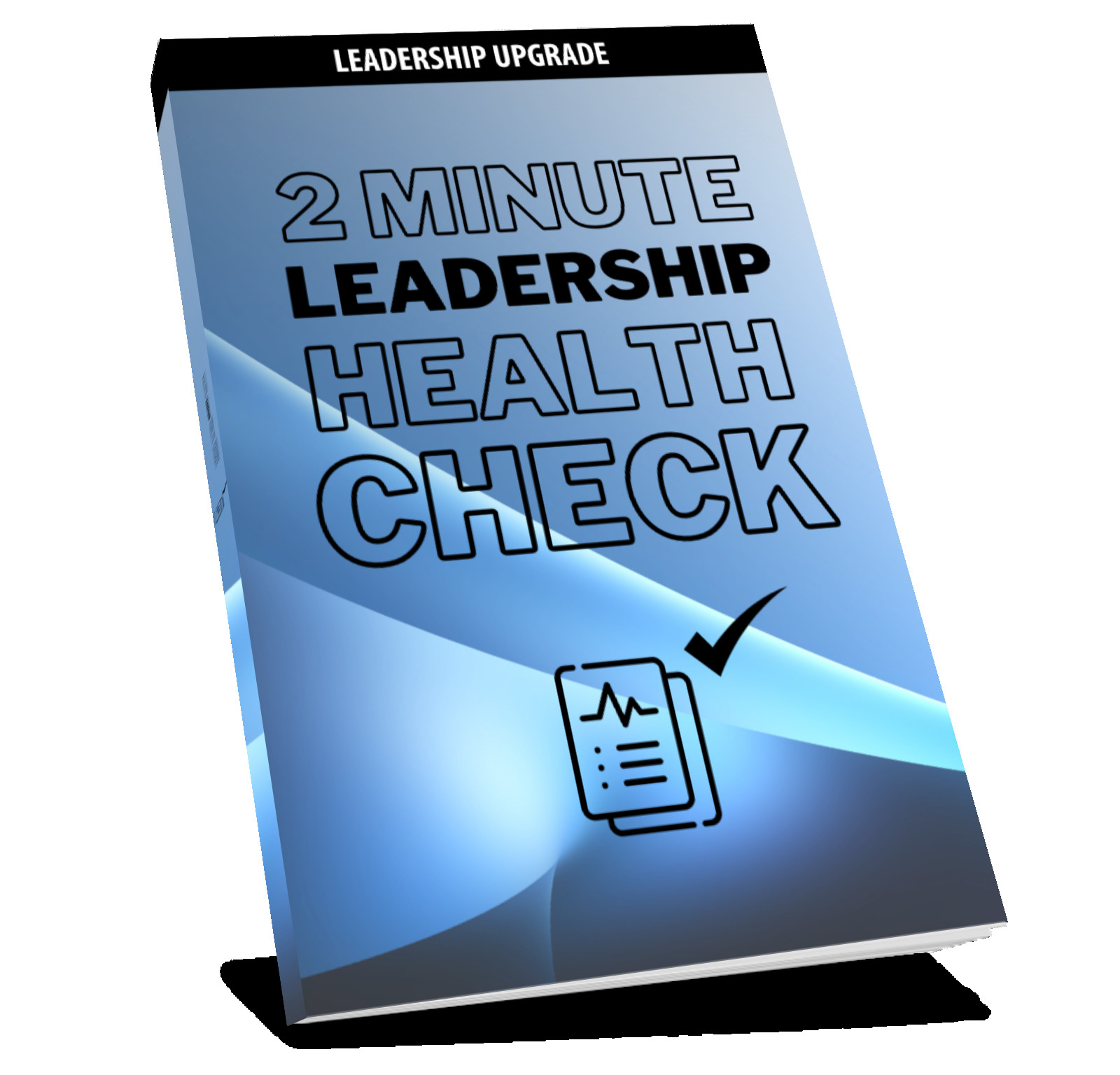
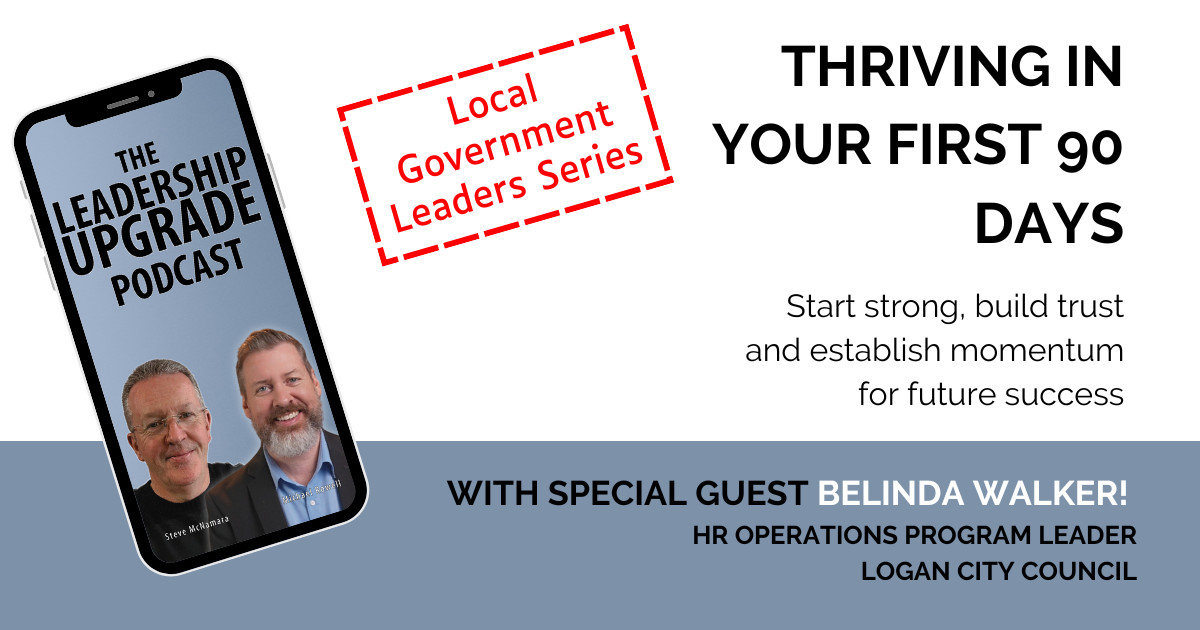
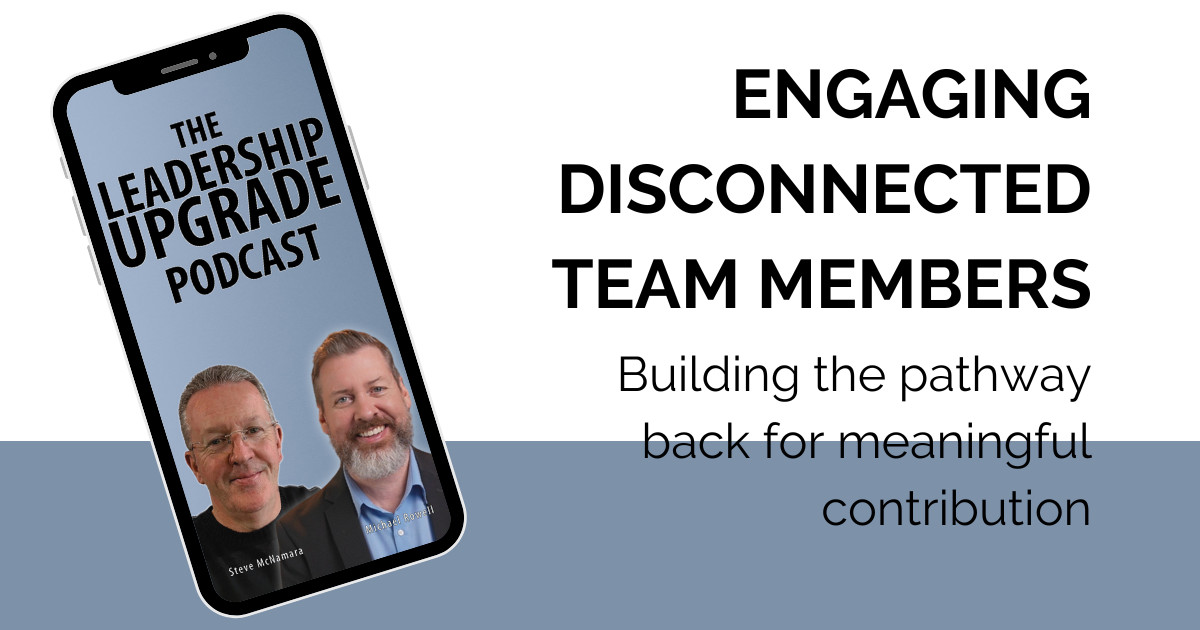
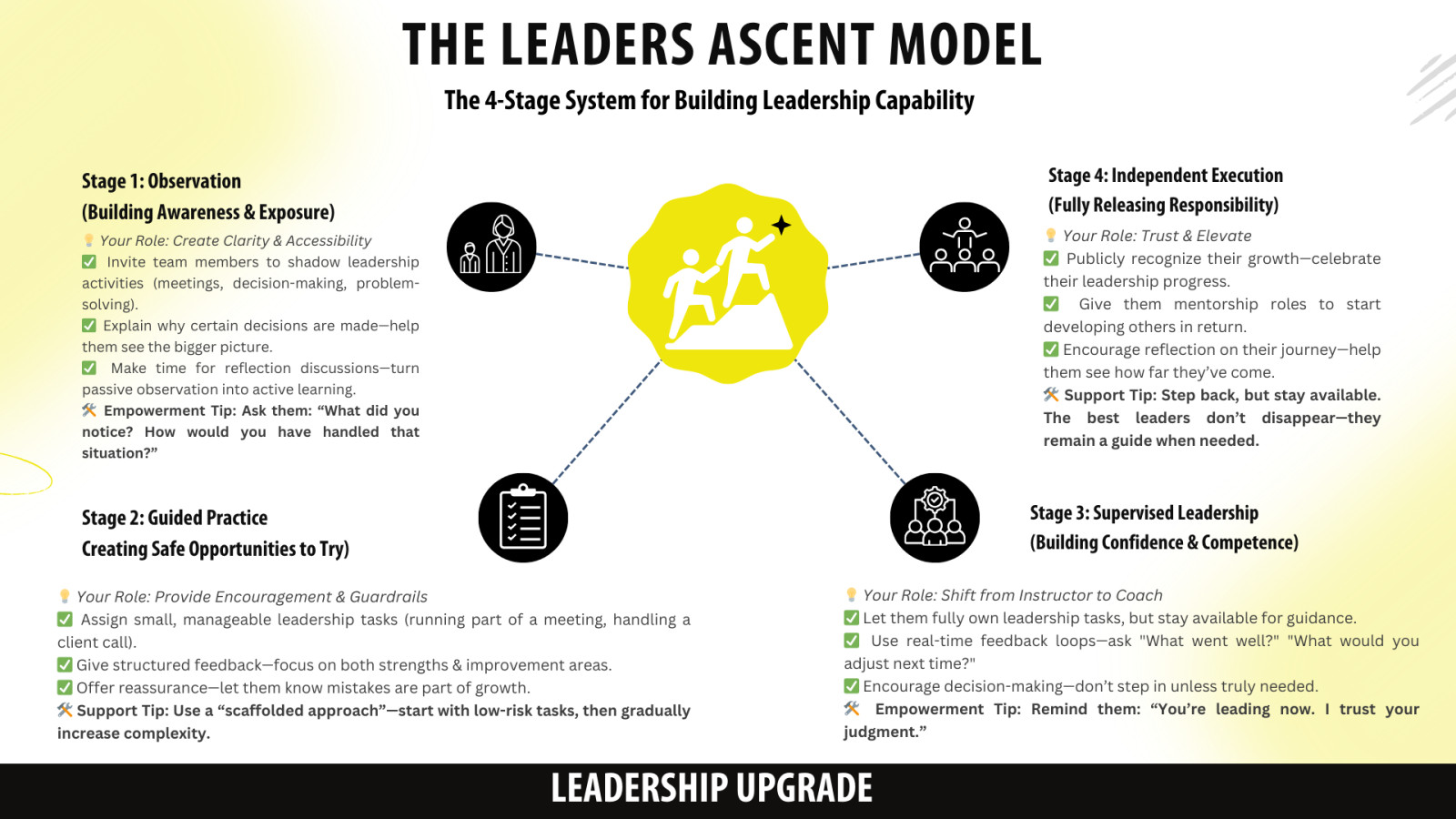


0 Comments